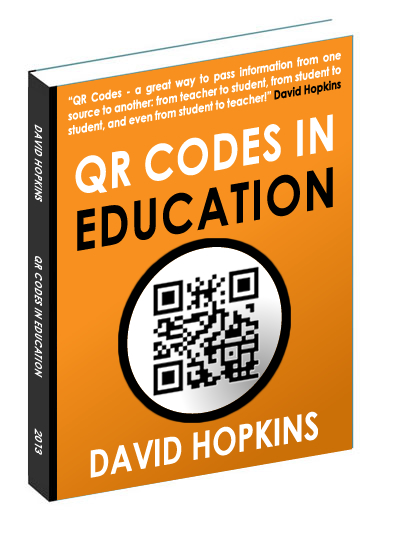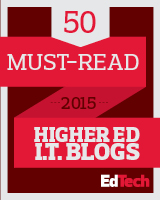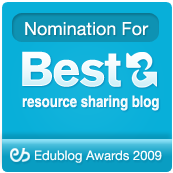Social media accessibility #EasierToRead
Accessibility of online materials should be on all our minds, all the time. Whether it’s the font type and size, colours, <alt> text and descriptions on images or charts, etc. the thought of making our work (more) accessible is a responsibility each of us has.
When working with materials from academics or writing our own blog posts, I’m pretty sure we’re all aware of what we need/ought to do. But have you thought about your tweets or LinkedIn updates? Writing a great article often requires a different skill to make a ‘clickable’ title, and even the hashtag(s) you use to promote it too.
The hashtag you use is often not as considered in this respect as the content itself, and that’s not exactly wrong, but it isn’t very helpful either. Do you capitalise it? Do you mix letters and numbers? Do you shorten phrases or event titles to make it ‘easier’ to tweet or write?
Examples … which is easier to read and use:
- #socmedhe19 or #SocMedHE19
- #lt19uk or #LT19uk
- #easiertoread or #EasierToRead
- #edtechbook or #EdTechBook
- #thisiswhattwitterisfor or #ThisIsWhatTwitterIsFor
How about these hashtag fails?
- #susanalbumparty or #SusanAlbumParty
- #clitfest or #CLitFest
- #hobbitch or #HobbitCH
You see? The capitalisation makes it easier, when reading, to split the terms, words or acronyms up. Instead of trying to work out the split between ‘socmedhe’ it’s been done for you … ‘SocMedHE’. Nice.
Now think how much easier it’ll be for screen readers or someone who doesn’t already know that ‘socmedhe’ is about? There, you’ve got it!
Make sure you capitalize the first letter of each word in hashtags so that screen reader software reads out each word separately. It also makes them #EasierToRead! https://t.co/ydkRk8eRw0— RNIB (@RNIB) March 21, 2018
Here are some more guidance on hashtags and image descriptions, for Twitter, from the RNIB (Royal National Institute of Blind People) – https://www.rnib.org.uk/rnibconnect/image-descriptions-twitter-a-quick-guide.
Image source: junaidrao (CC BY-NC-ND-2.0)



















One thought on “Social media accessibility #EasierToRead”
Comments are closed.